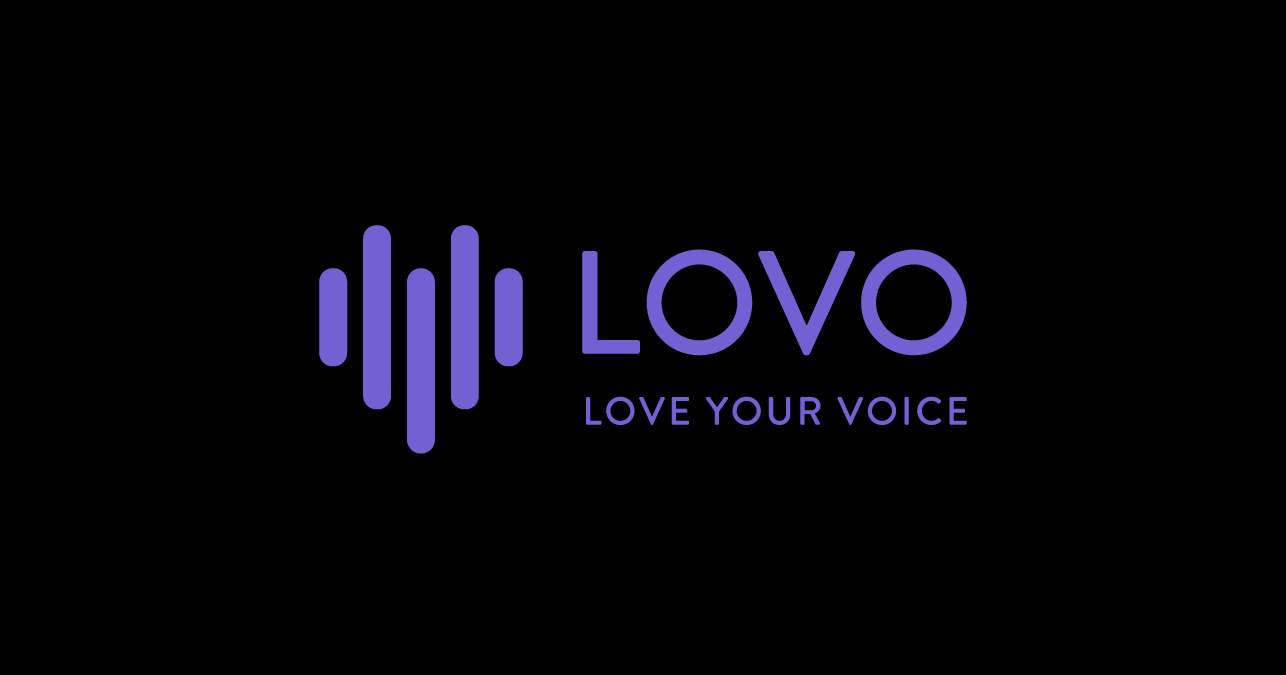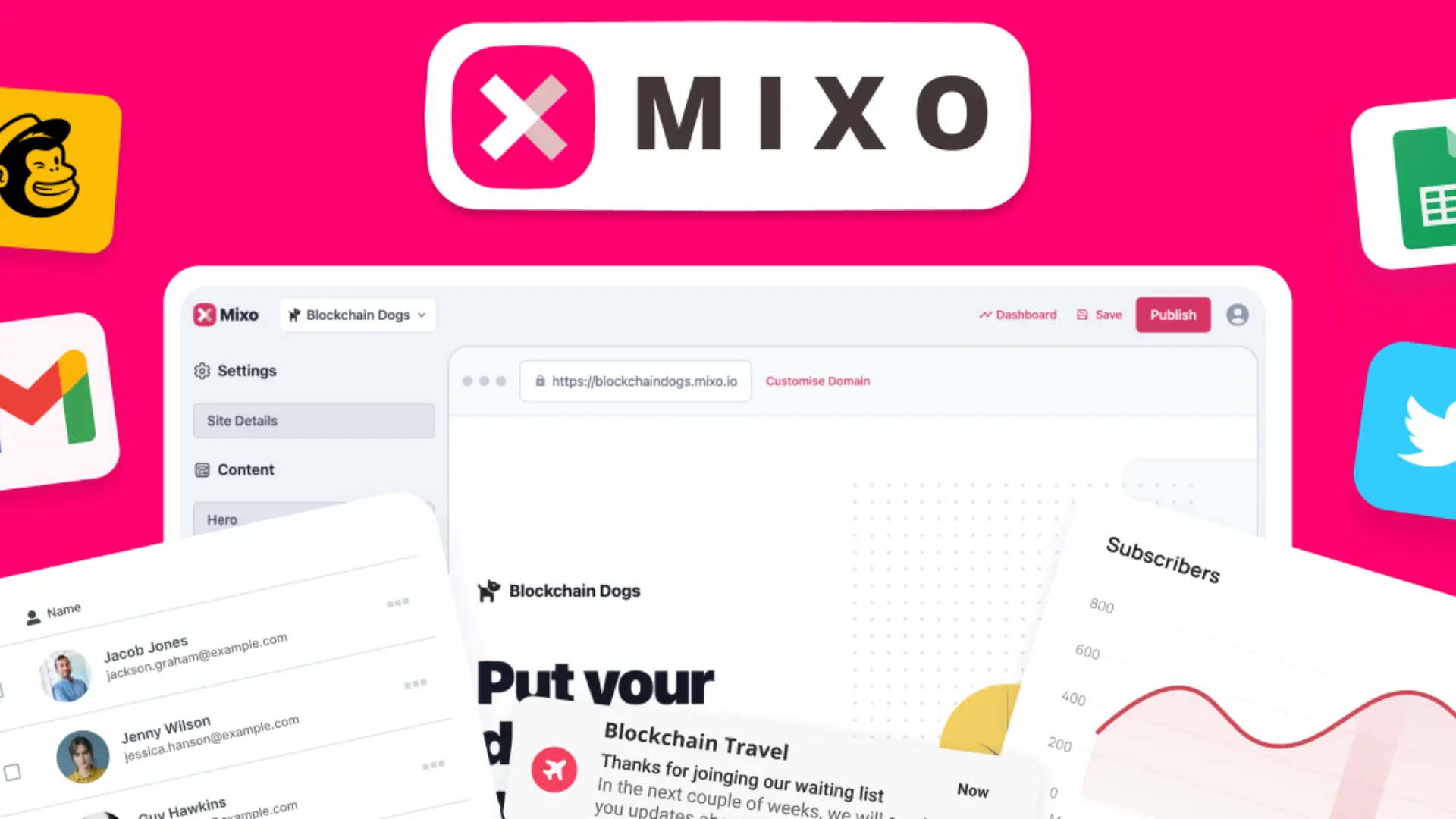Remarketing campaigns are a powerful strategy to keep your brand in the eyes of your potential customers, it helps you drive sales, increase registrations, and promote awareness of your brand.
There is often confusion regarding remarketing vs retargeting. While they are essentially aiming for the same goals, there are several differences between them.
In this post, we’re going to see a complete overview of remarketing campaigns, you’ll learn why remarketing is important and we’ll share some of the best ways to incorporate remarketing into your advertising campaigns in 2023.
What is Remarketing?
Remarketing is an advertising strategy that allows you to target potential clients that previously engaged with your brand with custom ads across multiple ad networks.
In other words, when a potential customer is on your site but doesn’t convert, a cookie gets triggered adding your potential customer into a list, thus giving the retargeting software instructions to push your ads whenever that potential customer is browsing on the web.
There are 3 ultimate goals of remarketing campaigns:
- Build brand awareness and authority
- Target potential customers who visited your site and didn’t buy
- Target existing customers to come back and buy some more
Remarketing moves potential customers across the customer value journey, from being curious about your brand to considering your products or services when the need occurs.
The whole concept behind remarketing is to show your prospects a product on enough occasions so it appears in their mind when the need emerges.
Generally speaking, remarketing is an effective way to stay in contact with your potential customers and existing clients as they browse through the internet.
What are the Benefits of Remarketing?
Remarketing improves your brand’s recognition among potential customers, convinces them to go back to your website, and lures your potential customer to perform the desired action.
There are several benefits to remarketing when used correctly:
- Convert more website visitors into customers
- Build brand awareness and authority in your marketplace
- Increase the conversion rate of your funnels and ad campaigns
- Increase customer lifetime value and repeat customer purchases
- Reduce ad cost compared to standard PPC on keywords or demographics
Ultimately, it’s extremely important for brands that want to grow online to use remarketing in their advertising strategy.
Types of Remarketing Campaigns
There are 5 primary types of remarketing campaigns most commonly used in digital marketing:
- Standard Remarketing
- Dynamic Remarketing
- Remarketing Lists for Search Ads
- Video Remarketing
- Email Remarketing
It’s best to start with one and slowly build up your remarketing campaigns depending on the needs of your business and your digital marketing strategy.
Standard Remarketing
Let's you target potential customers that left your site without taking any action and show your potential customers ads as they explore through different sites, apps, and social media networks. Standard Remarketing also targets visitors who use search engines to look for terms related to your brand.
Dynamic Remarketing
This type of remarketing campaign tailors custom ads to your potential customers depending on their behavior while they were on your site. This includes highly targeted messages that try to lure your potential customer to return to your website.
Remarketing Lists for Search Ads (RLSA)
RLSA by Google is a feature that lets you customize your search ads campaign to potential customers that previously visited your site, and tailor your bids and ads to them when they’re using search engine sites.
Video Remarketing
This type of remarketing doesn’t use a list based on people who showed interest in your site, but rather people who have interacted with your videos published on various platforms such as YouTube or Facebook.
Email Remarketing
The whole idea with email marketing is that you’re “remarketing” to past customers or people who showed interest in your products or services. However, you can also integrate your email database to various ad platforms and create remarketing campaigns that target contacts from your email list.
Remarketing Best Practices
We know things are easier said than done so to help you out, we’ve put together a few simple practices to get you started with remarketing.
Track Conversions
UTM parameters are tags you add at the end of an URL for tracking purposes, UTM parameters allow you to track the performance of your paid advertising campaigns through Google Analytics at a granular level giving you a better idea of where your efforts are paying off.
Cap Your Ad Frequency
This makes all the difference between lightly reminding potential customers about your brand, and stalking them until they hate you. You can set it at a campaign, ad group, or ad level on any Ad Network. By doing this you not only reduce the chances of seeming too pushy but you also reduce the costs of advertising by targeting only the people who seem interested in your business.
Refine Your Targeting
To minimize your ad budget on people who aren’t that interested in what you have to offer, it’s important to consider the time a potential customer spent on your website, the longer someone stays on your site the greater the chance of being interested in your products or services. So, it is better to filter out people who don’t spend enough time on your site or who didn’t visit specific product pages on your website…
Segment Your Audience
By segmenting potential customers based on their behavior with your brand, you can address in a more customized way their concerns across the entire customer value journey, allowing you to spend resources wisely so that unsuitable marketing campaigns don’t waste funds on groups who aren’t interested.
Showcase Your Brand
One of the biggest benefits of remarketing is building your brand recognition and authority. It is widely known in the advertising world that the more a consumer sees your brand the more likely they are to buy from you (and refer you). Include your brand's logo in banner ads, use bright colors to get attention, and avoid cluttering images with too much text. If you are advertising a personal brand, make use of your headshot in your ads.
Conclusion
As you can tell, remarketing is an excellent tool to build your brand, increase conversions and generate more sales for your business online.
- Remarketing is an advertising strategy that targets people who previously engaged with your brand.
- The benefits of remarketing are improving your brand’s recognition, increasing your conversion rate, and lowering your customer acquisition cost.
- There are 5 primary types of remarketing campaigns, start with at least one and continuously add more remarketing campaigns to your advertising strategy.
- It’s important to track your conversions, tailor your ads to prospects at different stages of the customer journey and consistently showcase your brand.
Have you had success with remarketing campaigns? Let us know what worked for you and what didn’t in the comments below.
For more information, check out the following guides:
Antonio Cardenas
Antonio is a growth hacker and founder of Wild Bird Media. He's passionate about sharing his knowledge on SEO, Sales Funnels, Email Marketing, and much more.
follow me :








Related Posts
How To Find Your Most Ideal Target Audience
Jan 09, 2024
Brand Storytelling Psychology: Secrets to Persuasive and Effective Sales
Nov 06, 2023
Beyond Words: Visual Storytelling Examples to Boost Your Digital Marketing
Sep 20, 2023